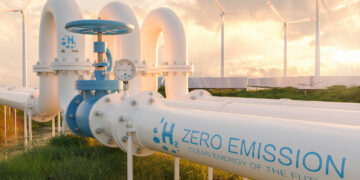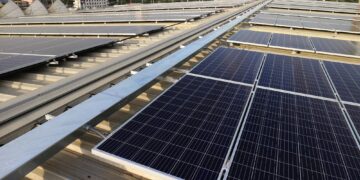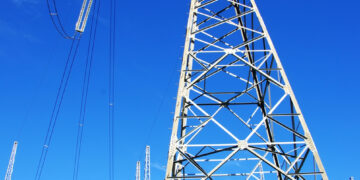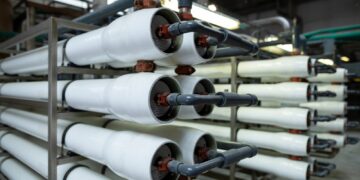The Kingdom of Saudi Arabia has announced the commencement of a monumental geographic survey designed to bolster the development of renewable energy projects across the nation. National companies have been commissioned to implement the project, which involves the installation of 1,200 stations to monitor solar and wind energy in all regions, as a component of the national renewable energy program.
In a press release, Energy Minister Prince Abdulaziz bin Salman highlighted the project’s global significance due to its extensive scope, covering over 850,000 square kilometers of Saudi territory, excluding residential and desert areas.
The minister added that the stations would gather precise information on renewable energy locations, aiding in the identification of optimal sites for new investments in the sector. He noted that this data would be continuously available with high accuracy, facilitating investment processes and enhancing the allure of future projects in the Kingdom.
This initiative marks a significant step towards achieving Saudi Arabia’s goals to increase renewable energy production and reduce reliance on liquid fuels, thereby strengthening its position as a leading clean energy producer globally.
The project is also set to support the Kingdom’s strategy for producing clean hydrogen and will significantly contribute to achieving targets of the solar and wind energy program, aiming for renewables to constitute approximately 50% of the energy mix by 2030.
The Saudi government plans to launch renewable energy electricity production projects with an annual capacity of 20 gigawatts starting this year, 2024, with a goal to reach between 100 and 130 gigawatts by 2030, depending on the growth in electricity demand.
The solar energy monitoring stations will use advanced surface-mounted measuring devices to record direct natural radiation, horizontal ground radiation, diffuse horizontal radiation, dust and pollutant deposition rates, ground reflection factor, ambient temperature, precipitation rates, relative humidity, and atmospheric pressure. Wind energy measuring stations, installed at various heights up to 120 meters, will record wind speeds and directions, ambient temperature, atmospheric pressure, and relative humidity. The data collection will employ the latest technologies and adhere to the highest quality standards and global practices.
The project includes the establishment of a platform within the Ministry of Energy for monitoring, recording, and transmitting measurement data around the clock for digital analysis and processing using artificial intelligence technologies. This will assess and rank sites for their suitability for renewable energy projects.
The accuracy and continuous updating of the project’s data make it financeable according to the requirements of local and international financial institutions. This will significantly contribute to the immediate allocation of land for renewable energy projects and accelerate the process of their offering and implementation after coordination with the relevant authorities, reducing the current waiting time of 18 to 24 months for data acquisition. The availability of this data minimizes the risks of implementing these projects, increases their investment attractiveness, and encourages investors to participate in the development and investment in renewable energy projects.









